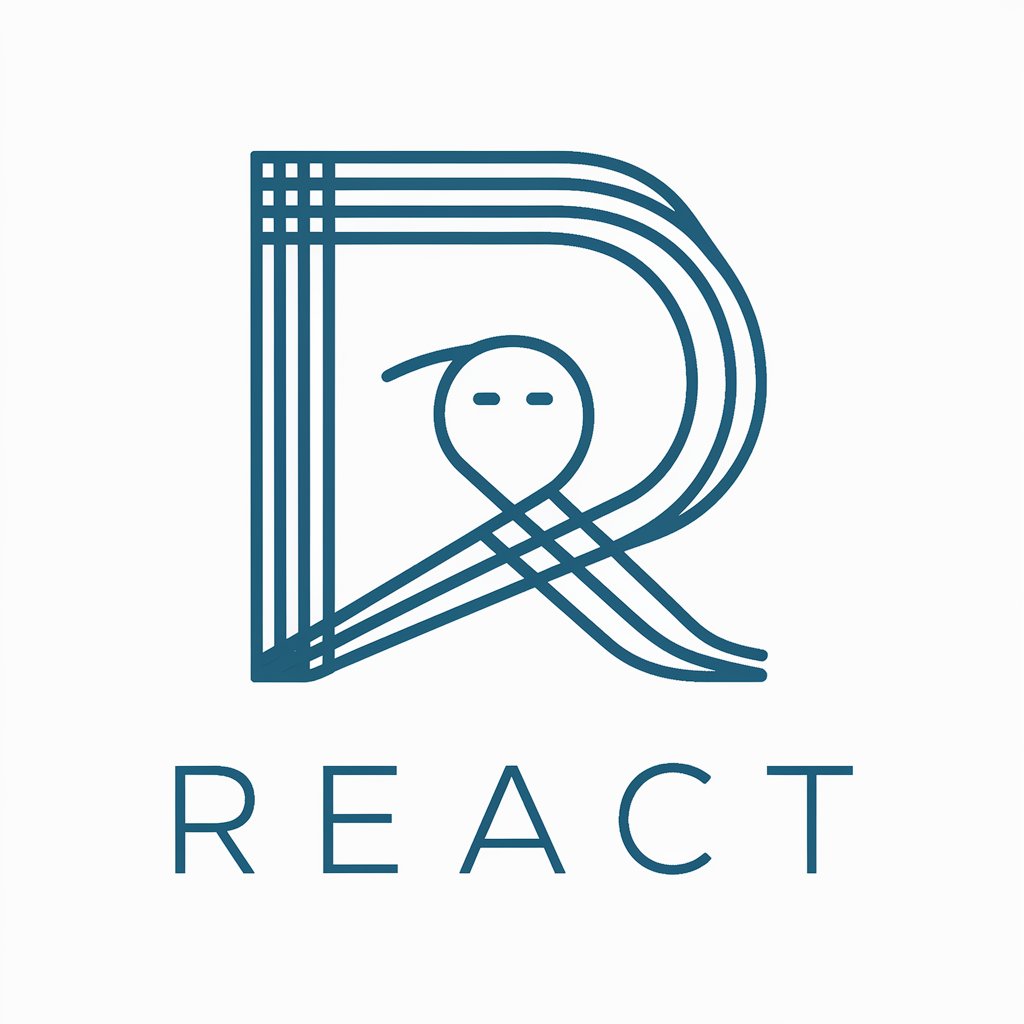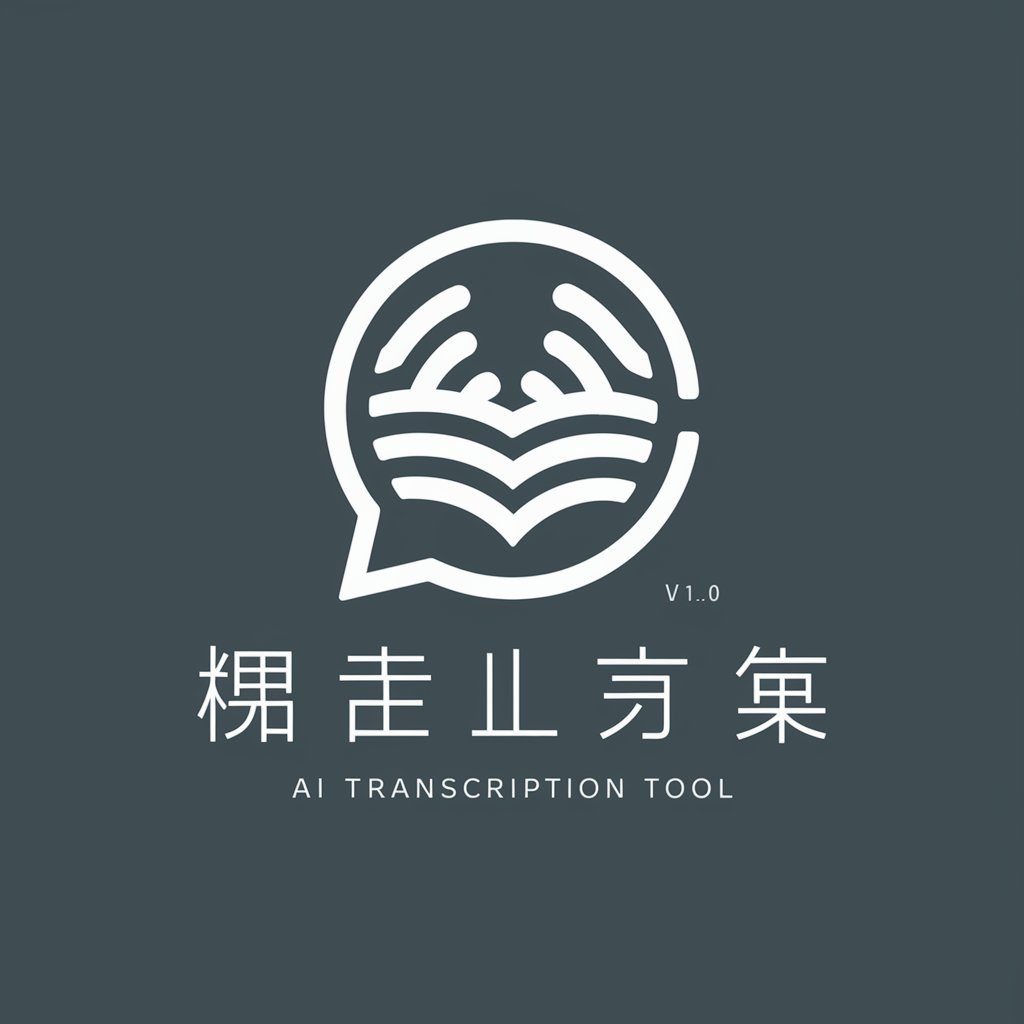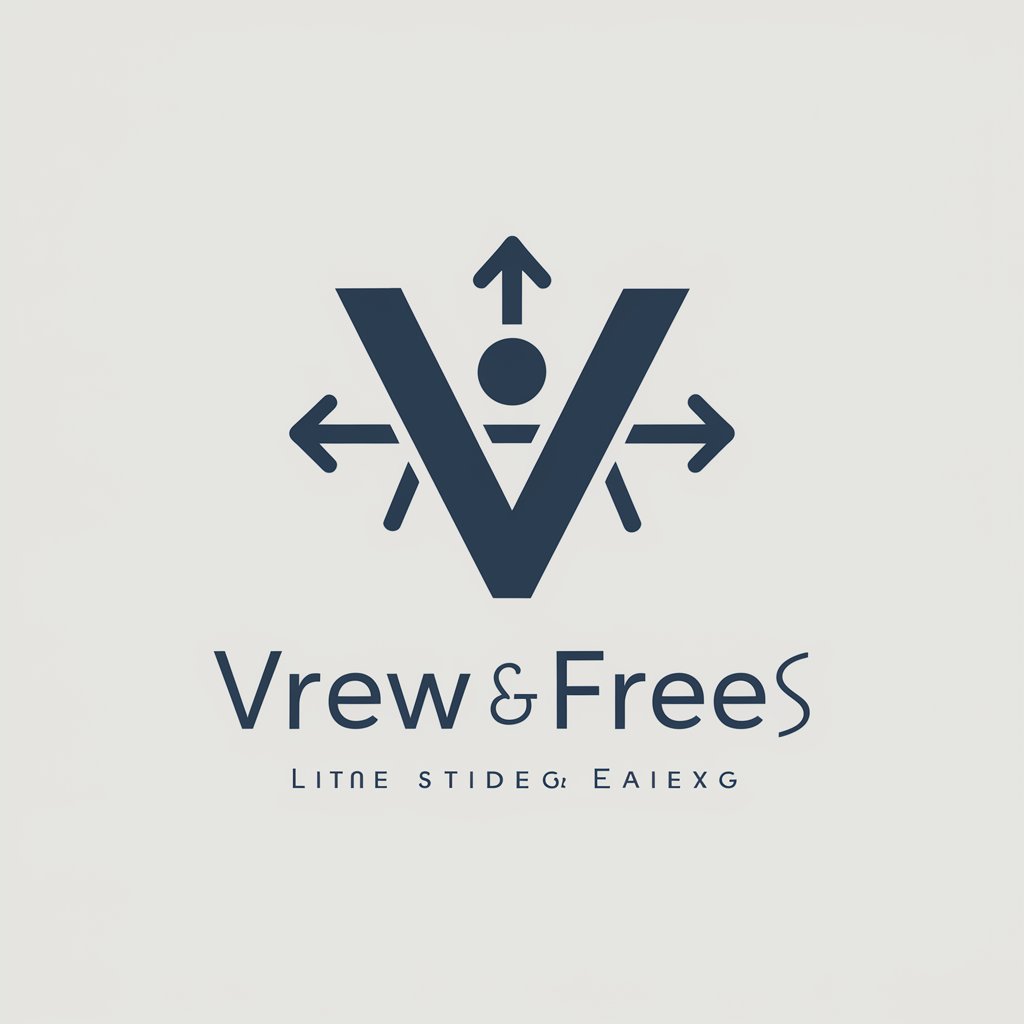React - AI-Powered Web Development Assistant

Hi there! Let's dive into React together.
AI-Powered Tool for Efficient Web Development
Explain the key features of React in simple terms.
Describe the process of creating a component in React.
How does state management work in React?
What are the best practices for optimizing React applications?
Get Embed Code
Introduction to React
React is a JavaScript library for building user interfaces, primarily aimed at creating web applications where data changes over time. Developed and maintained by Facebook, it was designed to optimize the process of building interactive, stateful, and reusable UI components. React's main purpose is to provide a fast rendering process using a virtual DOM that only updates parts of the page when necessary, minimizing performance overhead and ensuring a smooth user experience. A typical scenario illustrating React's utility is a dynamic dashboard displaying real-time data, such as stock prices or sports scores. In such applications, React efficiently updates the components displaying changing data without needing to reload the entire page. Powered by ChatGPT-4o。

Main Functions of React
Component-Based Architecture
Example
Building a website with distinct sections like header, footer, and various content blocks
Scenario
React allows developers to create these sections as separate, reusable components, which can be maintained independently and reused across different parts of an application or even different applications, enhancing development efficiency and consistency.
Virtual DOM
Example
Updating user profiles on a social media platform
Scenario
When user information changes, React's virtual DOM calculates the minimal necessary changes to the actual DOM, rather than rerendering the entire profile. This ensures updates are efficient and users experience smoother interactions, even in a data-intensive, frequently updated environment.
JSX
Example
Embedding a user login form within a web application
Scenario
JSX allows developers to write HTML-like syntax directly in JavaScript code, which React transforms into low-level JavaScript at runtime. This makes the code more readable and easier to debug, and it seamlessly integrates the JavaScript logic with the markup, exemplifying how developers can easily craft interactive elements.
State and Lifecycle Management
Example
Implementing a shopping cart in an e-commerce site
Scenario
React provides structured ways to manage the lifecycle of components and their state. This means developers can initialize, update, and dispose of components according to the data or user interactions, such as adding or removing items from a shopping cart, with the UI reflecting these changes accurately and promptly.
Ideal Users of React
Single Page Application Developers
Developers building single-page applications (SPAs) benefit immensely from React's capabilities, as it enables efficient data updates and transitions within the application without the need for reloading the entire page. This makes React ideal for applications where user experience and performance are critical.
Enterprise Software Developers
Large-scale applications, such as those used in enterprise settings, often require robust, maintainable, and scalable solutions. React's component-based architecture makes it suitable for such environments, allowing teams to manage large codebases and reuse components across different projects and platforms.
Startups and Innovators
Startups and technology innovators often look for quick development cycles and the ability to iterate rapidly. React's learning curve is relatively gentle for those familiar with JavaScript, and its widespread community support and rich ecosystem of tools make it a go-to choice for startups wanting to quickly prototype and refine user interfaces.

Guidelines for Using React
Step 1
Visit yeschat.ai for a free trial without login. No need for ChatGPT Plus.
Step 2
Install Node.js and npm (Node Package Manager). Ensure you have the latest version of both.
Step 3
Create a new React project using Create React App by running `npx create-react-app my-app` in your terminal.
Step 4
Navigate to your project folder using `cd my-app` and start the development server with `npm start`.
Step 5
Edit the components in the `src` folder to start building your React application. For example, modify `App.js` to customize your application.
Try other advanced and practical GPTs
ChapterSummarizer
Unlocking Knowledge with AI-Powered Summaries

Yooutube Chapters Generator
Streamline video navigation with AI

文案改写
Effortlessly revamp your text with AI

文字起こしツール_V1.0
Transform audio to text effortlessly.

Grumpy Professor
Refine your writing with AI-powered critiques

2D Unity Assistant
Elevate your game with AI-driven Unity guidance.

Photo Prompt generator (ar 16:9)
AI-Powered Detailed Photo Generation Tool

Old World Oracle
Enhance your Warhammer gameplay with AI-powered rule assistance.

Xのポスト生成bot!
Power Your Tweets with AI

小学数学老师
AI-powered support for elementary math students

Développeur IA
Empowering software development with AI

VREWのシナリオ&デザインアシスタントFree版
Revolutionizing Video Creation with AI

Frequently Asked Questions about React
What is React and why should I use it?
React is an open-source JavaScript library for building user interfaces, primarily single-page applications. It helps build dynamic and interactive web apps efficiently with its component-based architecture.
What are components in React?
Components are reusable, self-contained building blocks in React applications. They manage their own state and return elements describing what should appear on the screen.
How does state management work in React?
State is an object representing parts of your app that can change. State management in React is done via the `useState` hook for functional components or `this.setState` for class components. For more complex applications, consider using state management libraries like Redux or Recoil.
What is JSX in React?
JSX (JavaScript XML) is a syntax extension for JavaScript, used in React to describe the UI structure. It allows you to write HTML-like code directly in JavaScript, which gets transformed into React elements.
How can I optimize the performance of my React application?
To optimize performance, use React's `useMemo` and `useCallback` hooks, implement lazy loading with `React.lazy` and `Suspense`, and ensure your components are well-structured and reusable.
